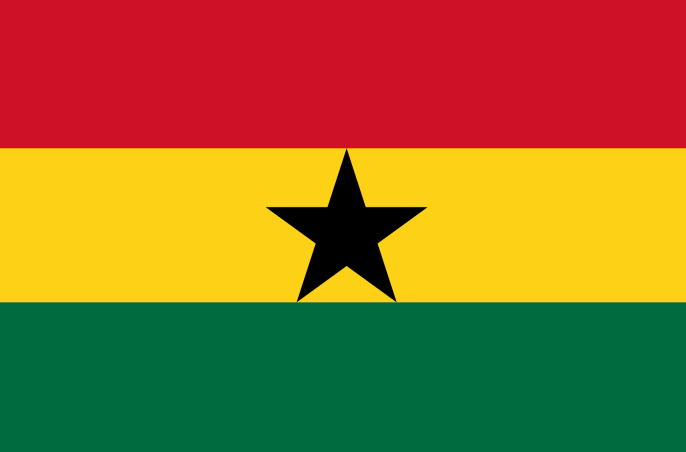Kenya is mobile cash king but Ghana and Rwanda lead in reach

JOHN MUTUA
Kenya remains the global leader in mobile banking, but its penetration lags Ghana and Rwanda, a new report shows.
The Mobile: Deeping Financial Inclusion But at a High Cost report shows that 72 percent of the banking population use their mobile phones to access their accounts, nearly three times the global average that stands at 25 percent.
This means that seven out of every 10 Kenyans are using their mobile phones to access their bank accounts for services to save or get loans coinciding with a change by the lenders and micro-financiers to adopt mobile and digital platforms that cut on operational costs.
Uganda is the closest to Kenya at 47 percent while Tanzania follows at 37 percent.
The average percentage of the banking population in the Sub-Saharan Africa (SSA) is 21 percent while globally the Americas that includes the US has 68 percent usage of the platforms, according to the report by Egyptian investment bank EFG Hermes.
“Although credit penetration across our focus countries in SSA continues to lag global levels, the use of mobiles to access financial services ranks our countries among the highest in the World,” reads the report.
Most of the consumers in the SSA countries, the report notes, can now access services such as opening of new accounts, applying for loans and making payments for utilities through the use of mobile phones, increasing financial inclusion.
However, despite Kenya leading in the use of digital and mobile banking, the country lags Ghana and Rwanda in mobile money penetration.
The survey shows that mobile money penetration in the West-African country stands at 152 percent of the adult population or nearly 41 million people followed by Rwanda with 142 percent. Kenya is third in the continent at 105 percent.
The percentage exceeding 100 means that some people have more than one line that has access to mobile money services.
The high penetration of mobile and digital banking does not, however, match affordability with the report saying that most lenders charge disproportionately high tariffs.
The report shows that the cost of withdrawing and sending Sh500 ($5) on mobile banking is more than double the cost of sending Sh2,000 ($20) on M-Pesa in Kenya hurting financial inclusion for the majority of the population that is also footing an increased cost of basic services and amenities.
The 2019 Financial Access report shows that 87 percent of Kenya’s banking population has access to digital accounts while a further 87.9 percent has mobile money accounts, underlining Kenya’s widening financial inclusion.
“Significant growth in digital accounts ownership and registration was recorded in 2019 compared to 2016, reflecting high adoption of digital accounts,” said the 2019 FinAccess Report by the Central Bank of Kenya and the Kenya National Bureau of Statistics.
Some of the banking products offered by lenders through mobile phones include KCB M-Pesa, MCo-op Cash (Corporative Bank), M-Shwari, Eazzy loan, Timiza and HF Whizz by Housing Finance.
Banks have since 2016 been shifting to online and mobile platforms highlighting the trend where majority of their customers are driven by ease of access to banking services.
Kenya’s second biggest lender by market share Equity Bank in 2016 announced a freeze on opening new branches marking its shift from brick and mortar, joining other lenders in embracing the technology-driven trend.
“We have all witnessed how rapid adoption of mobile and other digital channels have transformed how people bank,” Equity Bank Group chief executive James Mwangi said in 2016.
Multinational Standard Chartered Bank in 2017 launched video banking where customers are served through video and audio links marking a further shift from traditional across-the-counter service offered by bank tellers.
The video banking technology allows a customer to talk with tellers from the comfort of their laptops or desk tops through a two-way streaming video connection.
SOURCE:BUSINESSDAILY
 Africas leading resource for digital financial services
Africas leading resource for digital financial services


comments